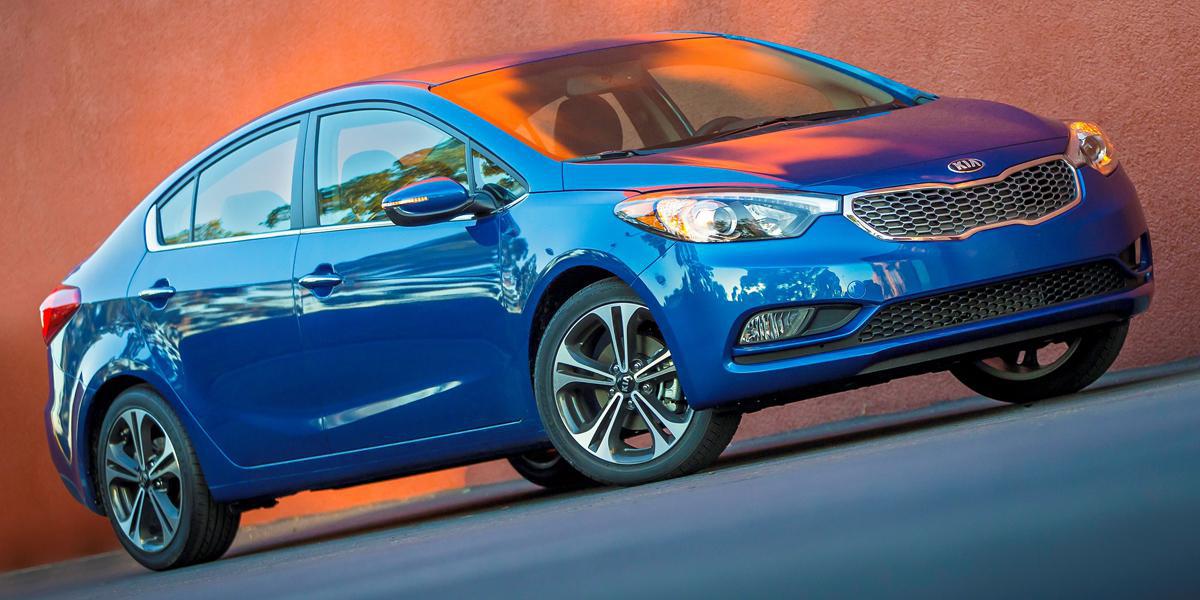Taxicabs of Hong Kong

Taxicabs of Hong Kong
Taxis of Hong Kong provide a taxi system. Albeit a few taxis are independently possessed and operated, the vast majority are wielded by seventeen independent taxi companies that rent out taxis on a shift basis to 40,000 self-employed drivers.
As of 2003, there were Legitimate,138 taxis in Hong Kong, of which 15,250 were urban taxis, Two,838 were Fresh Territories taxis, and fifty were Lantau taxis. Every day they serve about 1.1 million, 207,900 and 1,400 people respectively. [1]
Contents
19th century Edit
During the early colonial times, sedan chairs were the only form of public conveyance. Public chairs were licensed, and charged according to tariffs which would be prominently displayed. [Two] Chair stands were found at all hotels, wharves, and major crossroads, and the sturdy chair bearers would clamour for regular patronage.
Much the same as motor cars nowadays, private chairs existed, and were an significant marker of a person’s status. A Civil officer’s status was denoted by the number of bearers fastened to his chair. [Two]
Their numbers peaked in about 1920, when 1,215 registered sedan chairs were on the road. [Trio]
The rickshaw was very first imported from Japan in one thousand eight hundred seventy by an American businessman. They were a popular form of transport for many years, peaking at more than 7,000 in the early part of the 20th century. [Trio] Rickshaws competed with sedan chairs for customers depending on their budget, haste, or terrain to be negotiated. The rickshaw was more rapid, but was not suited to climbing the steep terrain of Hong Kong Island. [Trio] Before Hong Kong’s Peak Tram went into service in 1888, wealthy residents of The Peak were carried on sedan chairs by coolies up the steep paths to their residence, including former Governor Tormentor Richard MacDonnell’s summer home, where they could take advantage of the cooler climate. [Two]
However, the popularity of rickshaws waned after World War II. No fresh licenses for rickshaws have been issued since 1975, and licenses became non-transferable. Thus, a dying breed of only a few old guys still ply their trade at the Edinburgh Place Ferry Pier, mainly for tourists. The rickshaw drawers charged HK$300 to go around the block. [Four] There were about eight in 1998, [Trio] and only four left in 2002, and two in 2011.
The last sedan chair was reportedly abandoned in 1965, [Trio] and since the relocation of the Central Starlet Ferry pier at the end of two thousand six the rickshaws have disappeared.
20th century Edit
The Chinese name for taxi used in Hong Kong, dik si ( 的士 ), is a Cantonese transliteration of the English word “taxi”. The earliest pioneer of the modern taxi service may have been Wu Zung ( 胡忠 ). In 1941, he is believed to have wielded forty taxis, including ten white cards, which he leased to the government. When the Japanese occupation of Hong Kong began in December of the same year, he suspended his transport operation. He resumed his business after the war with one hundred cars. [Five]
The service was very first officially recorded by the government in one thousand nine hundred forty seven with three hundred twenty nine cars. [6] By one thousand nine hundred sixty the service officially covered the Fresh Territories, and the service enlargened to 1,026 cars. The number of taxis would multiply to Ten,000 by 1980.
Prior to 1974, livery of taxis in Hong Kong depended on colours chosen by the licensees, albeit the Transport Department had noted considerable confusion for passengers caused by the proliferation of colours and mingling with private vehicles, and by December one thousand nine hundred sixty nine had commenced considering a uniform appearance for licensed taxis. On thirteen September 1974, the government gazetted standard colours – silver for the upper half and crimson for the lower half – for all taxicabs in Hong Kong to weed out illegal taxis. [7] As most of the vehicles would cluster in Kowloon due to it being the population centre, and request in the Fresh Territories was being met by illegal operators, a licensed taxi service catering only for the Fresh Territories was announced on five June 1976. From then onwards, “ordinary” (crimson) taxis would be permitted to proceed to operate in the Fresh Territories as well as Kowloon and Hong Kong Island, while the Fresh Territories taxis – silver for the upper half and green for the lower half – would be prohibited from venturing into urban areas. [7] A batch of twenty blue taxis that serve Lantau Island commenced operating in 1983.